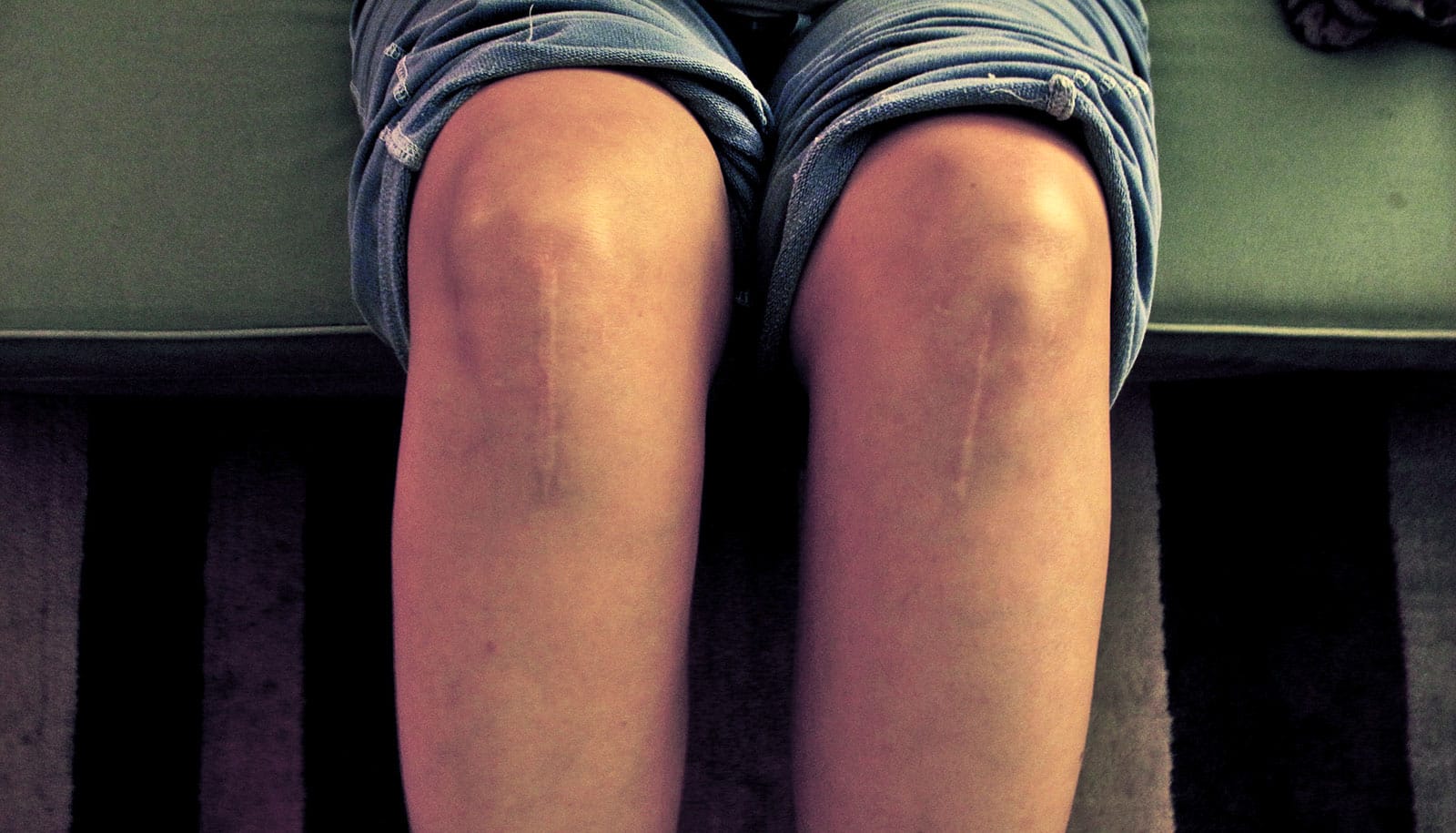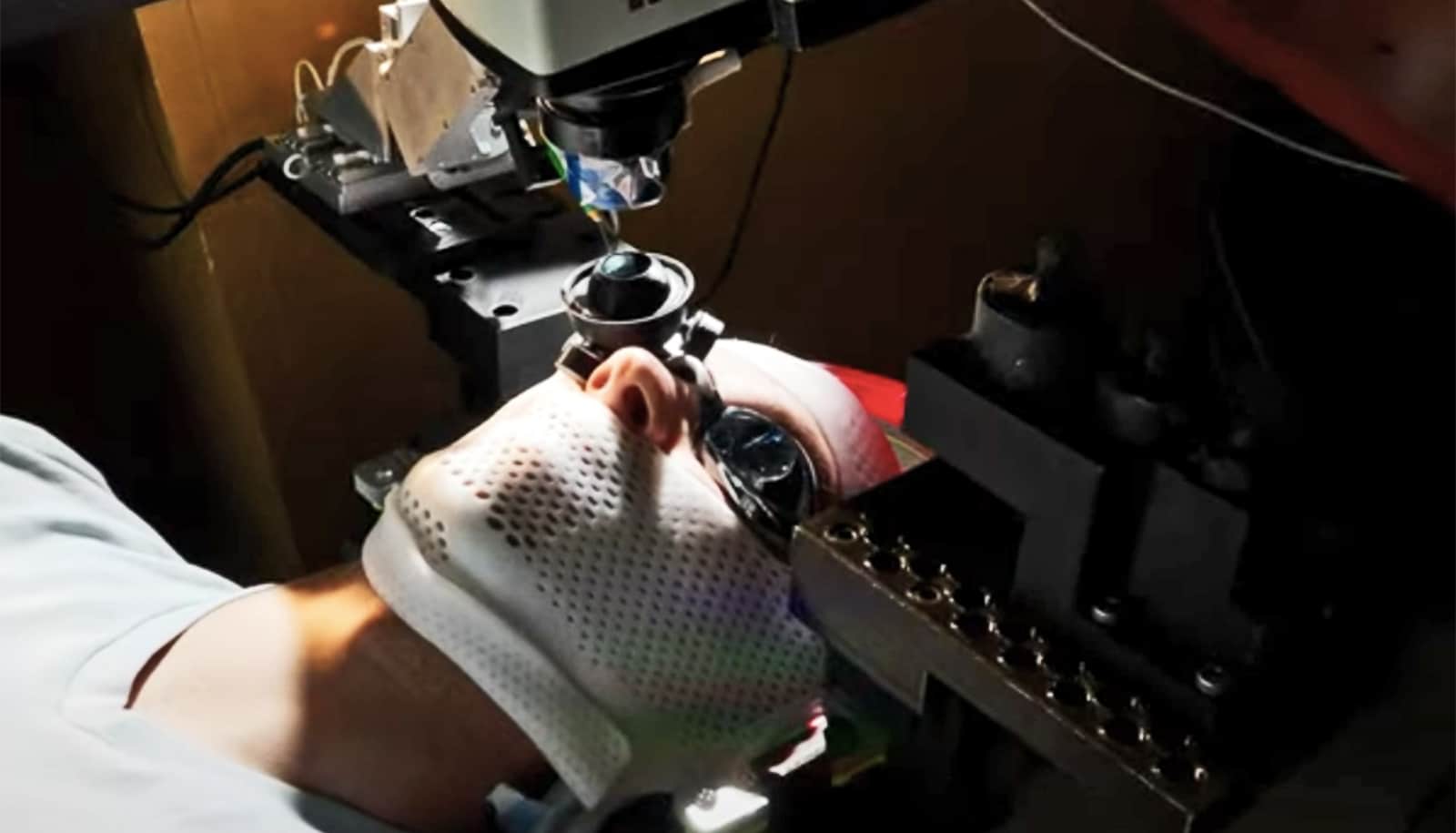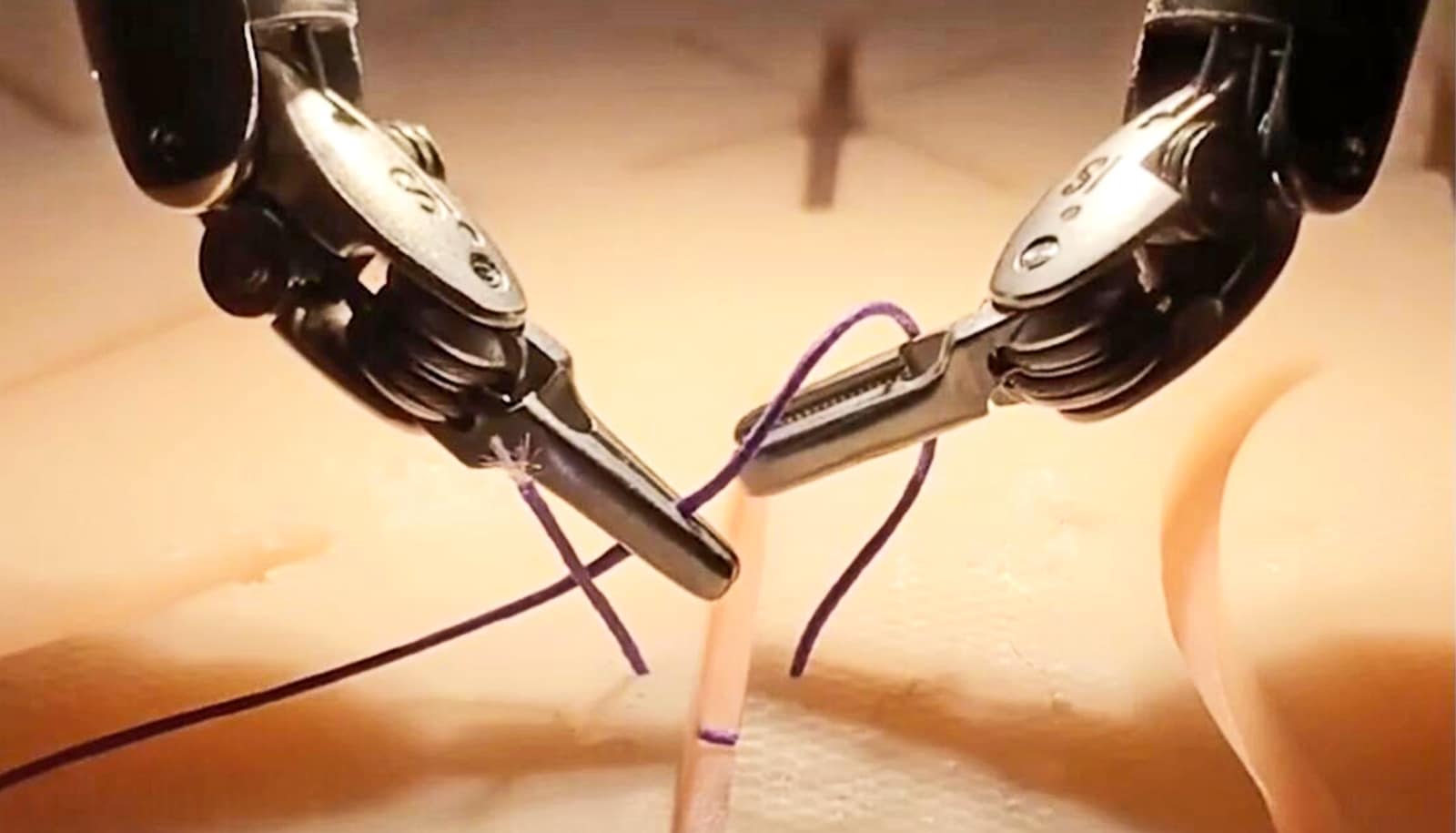Medical doctors have discovered that clipping or removing loose cartilage after knee surgery for meniscal tears—one of the most common orthopedic surgical procedures—does not benefit the patient.
“Those with less surgery got better faster in comparison with the people we did more surgery on…”
According to the doctors’ study, patients who did not have dislodged cartilage removed, recovered faster, with less pain, and ended up a year later with identical results.
The study challenges a surgical practice used for decades during arthroscopic knee surgery.
“Those with less surgery got better faster in comparison with the people we did more surgery on,” says lead author Leslie J. Bisson, professor and chair in the orthopaedics department at the Jacobs School of Medicine and Biomedical Sciences at University at Buffalo.
The finding was so surprising that an editor at the Journal of Bone & Joint Surgery, which published the study, also published a commentary that says, “The conclusion that unstable cartilage lesions do not need debridement could have a dramatic impact on practice management, save health-care dollars, and improve early patient outcomes.”
Doctors check for arthritis—the tearing or dislodgement of articular cartilage called chondral lesions—using X-rays when they are preparing to treat a meniscus in the knee. But sometimes low level arthritis is not visible, and doctors find it only when they are inside the knee, Bisson says. At that point, doctors have always opted to clip and smooth any loose cartilage.
Why doctors should fix tiny tears in knees
The study followed 190 patients who were having arthroscopic partial meniscectomies (APM). Of those, 98 received debridement of the damaged cartilage and 92 did not receive debridement. Both groups had the same results one year after surgery, but prior to that, the group without debridement had less pain and better function than those who had the cartilage trimmed and smoothed.
“We should question everything that we are doing that is not based on evidence.”
“That was very surprising to us,” Bisson says. “We are bringing those patients back and doing X-rays at five years to see if it made a difference in their arthritis.”
In the meantime, the surgeons at UBMD Orthopaedics & Sports Medicine, where Bisson and the other doctors involved in the study practice, are no longer debriding knee cartilage when repairing meniscal tears.
“That’s a marked change. In my group, with five sports medicine doctors, we do close to 1,000 APMs a year,” he says.
A meniscus is a little cartilage cushion on the inside and outside of the knee, and it can breakdown in middle age, or it can become damaged by trauma as gentle as squatting down to get something out of a cupboard or to line up a putt on the golf course.
“You stand up and you feel something catch in your knee,” Bisson says.
3D printing could soon save knees from arthritis
Bisson expects that not everyone will embrace a challenge to the way such injuries have always been treated.
“One of the things we say in surgery is you can’t practice based on the last study that was done. Hopefully this will push others to investigate this topic and consider things they are doing on a daily basis,” he says. “We should question everything that we are doing that is not based on evidence.”
Source: University at Buffalo



